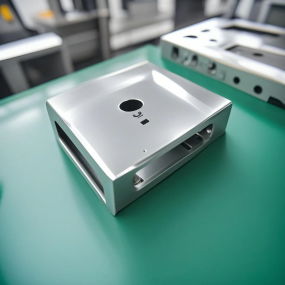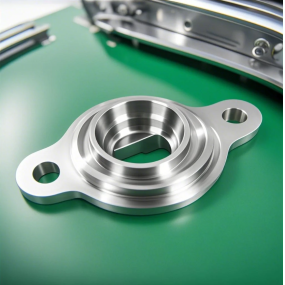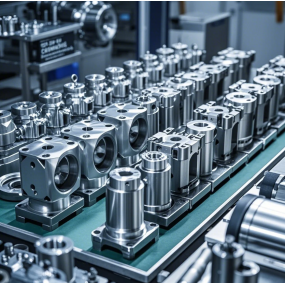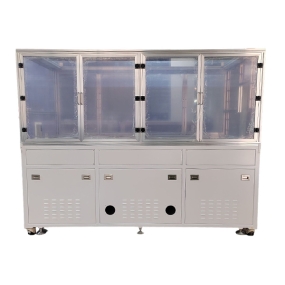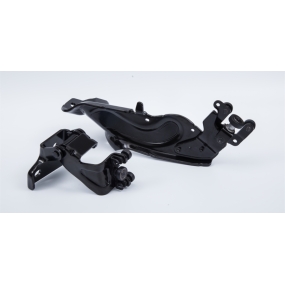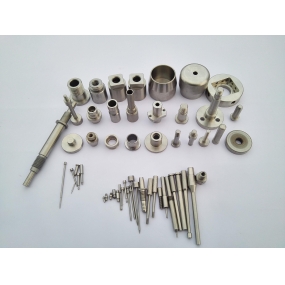The key to the technicality of stamping processing is the allocation of production processes and the selection of various main parameters. Yiwei Precision has been engaged in customized processing of stamping parts for more than 10 years, accumulating rich experience. After years of summarizing, we have come up with the following technical standards and main parameters for your reference.
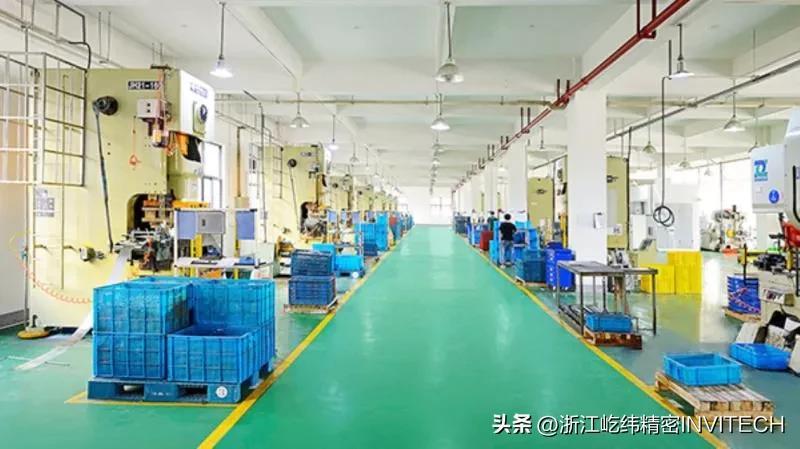
1. Tool selection. The overall criterion for selecting cutting tools is economic development. Under the standards of production and processing regulations, the tool suspension depth should be as short as possible, and the CNC blade diameter should be as large as possible, which is beneficial for reducing the surface roughness of production and processing, and developing the rigidity, heat dissipation, and tool service life of the tool system software. However, it should be noted that the half radius of the tool for rear clearance should be lower than the small angle of the wheel profile.
2. Selection of lathe. Adopting a lathe system software with good rigidity and high precision, including a closed-loop control servo control system.
3. Process flow allocation. After the heat treatment of the cutting edge, the superhard production and processing process flow is allocated to the deep processing of the profile and the semi deep processing of the cutting edge, followed by heat treatment to solve the problem, and then the superhard production and processing of the cutting edge is carried out using a lathe.
4. The total width of the blade. The total width of the lower die blade strip does not need to exceed 25mm, the total width of the outer die blade strip does not need to exceed 20mm, and the total width of the inner die blade strip does not exceed 15mm. If the total width of the blade edge exceeds this value, the back clearance should be milled before heat treatment.
5. Oral capacity. The remaining amount of pre embedded machining after semi deep processing of the cutting edge is 0.2-0.3 millimeters (taking into account the deformation caused by heat treatment and quenching), which means that the production output of superhard production machining after cutting edge heat treatment should be 0.1-0.3 millimeters. Excessive exchange of production capacity can harm machining accuracy and aggravate the wear of CNC blades. If the capacity is too small, there is a high possibility of material shortage during heat treatment deformation.
6. Blade strength. The strength of the blade after heat treatment is around HRC55-65.


 Spanish
Spanish Arabic
Arabic French
French Portuguese
Portuguese Belarusian
Belarusian Japanese
Japanese Russian
Russian Malay
Malay Icelandic
Icelandic Bulgarian
Bulgarian Azerbaijani
Azerbaijani Estonian
Estonian Irish
Irish Polish
Polish Persian
Persian Boolean
Boolean Danish
Danish German
German Filipino
Filipino Finnish
Finnish Korean
Korean Dutch
Dutch Galician
Galician Catalan
Catalan Czech
Czech Croatian
Croatian Latin
Latin Latvian
Latvian Romanian
Romanian Maltese
Maltese Macedonian
Macedonian Norwegian
Norwegian Swedish
Swedish Serbian
Serbian Slovak
Slovak Slovenian
Slovenian Swahili
Swahili Thai
Thai Turkish
Turkish Welsh
Welsh Urdu
Urdu Ukrainian
Ukrainian Greek
Greek Hungarian
Hungarian Italian
Italian Yiddish
Yiddish Indonesian
Indonesian Vietnamese
Vietnamese Haitian Creole
Haitian Creole Spanish Basque
Spanish Basque


